Aside from your front porch, the area in your house that leaves the earliest impression on guests is undoubtedly the living room. It serves as the initial space where visitors can sit down and truly experience the essence of your home.
Among the various elements that make up the living room, the flooring holds significant importance. While the style of your living room catches the eye first, it is the flooring that first captures the sensation beneath your feet.
Hence, selecting the appropriate flooring option for your living room is crucial.
What to Consider Before Choosing Living Room Flooring
The living room serves as a central space for your family to gather, host guests, and relax when not in the bedroom. Consequently, it is crucial to select a durable flooring option that can withstand high foot traffic. Consider the following factors:
- Room style: Each flooring option complements different room styles, so ensure the chosen flooring aligns well with your desired atmosphere and enhances the overall aesthetic of the space.
- Maintenance: Various types of flooring require different levels of upkeep. Some may demand periodic treatments or special care. Choose a flooring option that you feel comfortable maintaining.
- Durability: Given the size of the living room, it is prudent to choose a highly durable flooring material. This will prevent the need for frequent replacement and ensure longevity for years to come.
Best Flooring Options for Living Room
The great news is that the living room provides ample flexibility when it comes to flooring options. However, it is important to carefully evaluate the advantages and disadvantages of each choice.
Here are some top contenders for living room flooring that you may want to consider.
1. Solid Hardwood
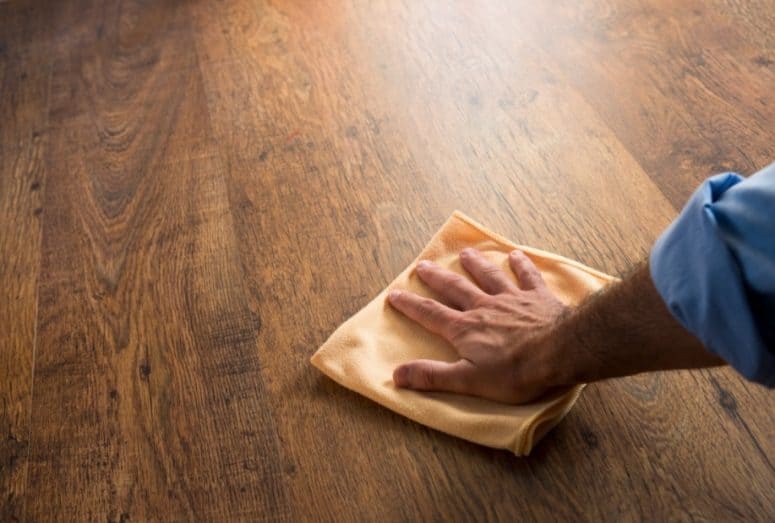
2. Engineered Wood
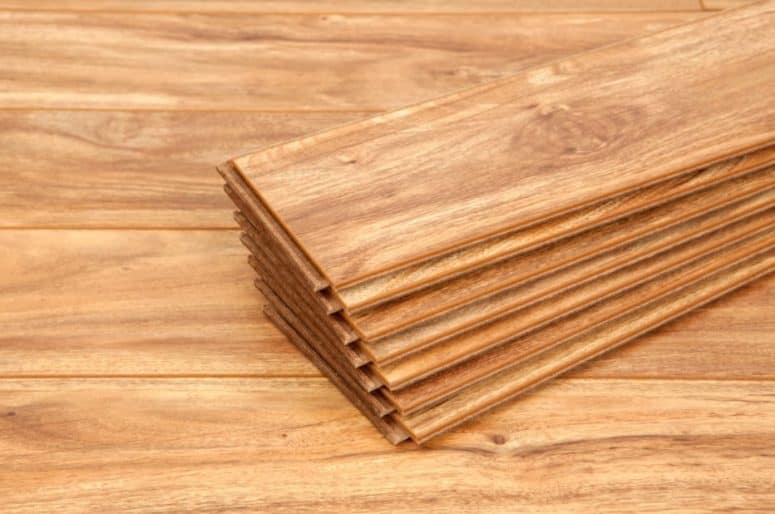
3. Laminate
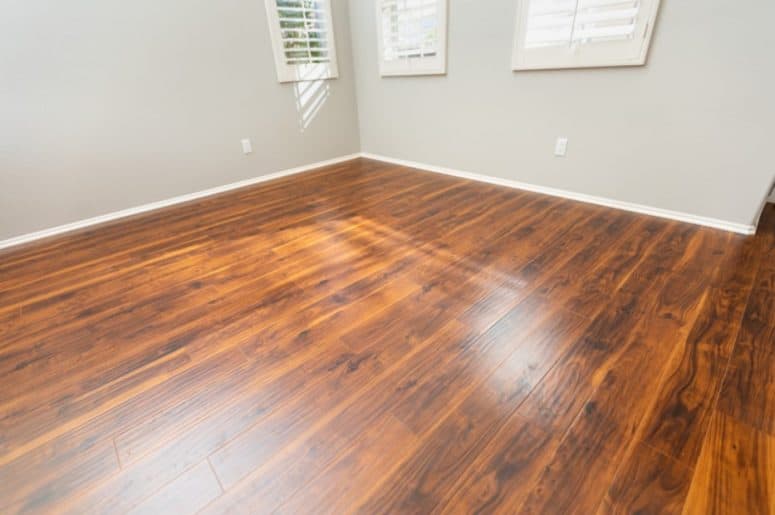
4. Bamboo

5. Vinyl
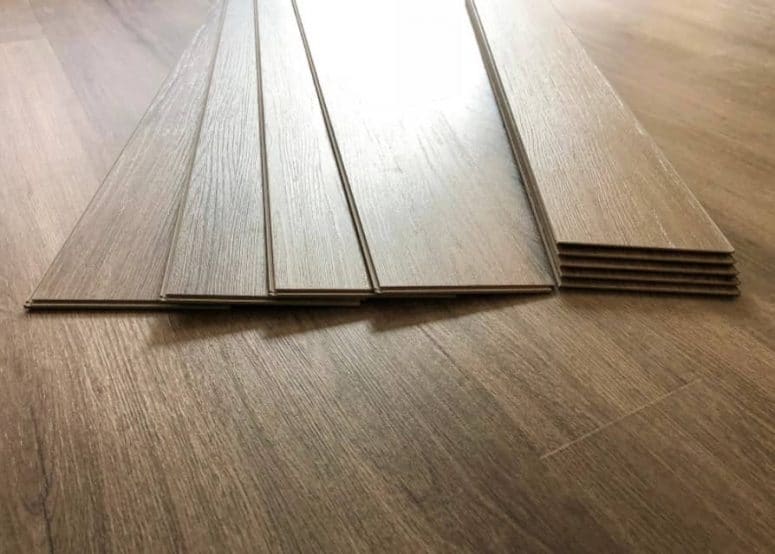
Vinyl flooring offers a wide range of designs, patterns, colors, and customization options, allowing you to select a style that complements the atmosphere and aesthetic of your living room.
Constructed from synthetic material known as PVC, vinyl flooring features a printed photograph on the top layer, which is transparently coated. This design aspect enables vinyl flooring to mimic various textures and appearances.
While vinyl flooring has a generally firm texture, manufacturers now offer LVT and LVP options that are softer underfoot compared to the traditional vinyl sold in the past. Vinyl flooring is available in plank, tile, and sheet formats, with planks or tiles recommended for living room installations. Sheet vinyl tends to have a less desirable appearance, particularly if self-installed without professional assistance.
One of the standout qualities of vinyl flooring is its complete waterproof nature. It can withstand even water flooding. However, regular maintenance is still necessary to ensure its longevity. Daily sweeping or vacuuming, along with damp mopping, helps keep vinyl flooring polished and well-maintained.
In terms of durability, vinyl flooring ranks among the most resilient options available. It can withstand heavy foot traffic and resist damage from sharp objects, making it a suitable choice for your living room flooring.
6. Ceramic or Porcelain Tile
In my opinion, ceramic and porcelain tiles are the top flooring choices, even for the living room. While ceramic and porcelain share similarities, they differ in terms of the manufacturing process.
Porcelain tiles are fired at a higher temperature for an extended period, resulting in a more glazed surface. They offer enhanced scratch resistance and superior heat resistance.
Opting for ceramic or porcelain tile flooring in your living room is a wise decision. These tiles are versatile and can suit various room styles. Personally, I adore the smooth surface of both ceramic and porcelain tiles.
Both options are durable and can withstand the impact of sharp objects. Heavy foot traffic or even water flooding poses no threat to ceramic and porcelain tile flooring.
It’s worth noting, however, that ceramic and porcelain tiles can feel cold under bare feet. To address this, you can consider installing radiant heating before the final installation. Additionally, these types of flooring may crack if not installed on an even surface or subjected to a significant impact.
In certain conditions, the surface of ceramic and porcelain tiles can be slippery. However, rest assured that they are effortless to clean using various methods.
7. Carpet
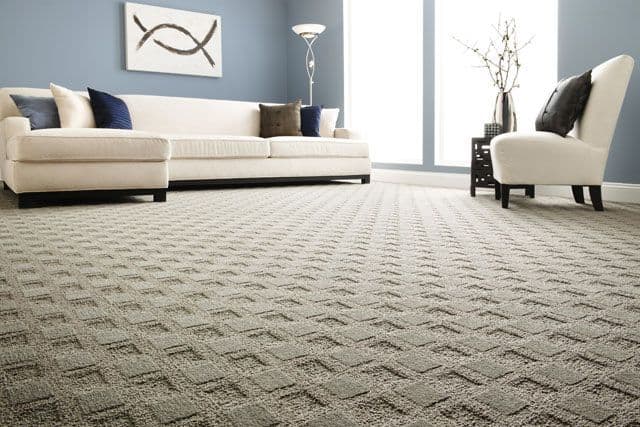
Carpet flooring offers a cozy and comforting experience with its warm and soft texture beneath our feet. Whether standing or sitting, carpet flooring provides a comfortable surface to spend time on. It creates a pleasant and cushioned environment.
The texture of carpet flooring is smooth, often featuring fur or fabric. It is typically glued or nailed down to the floor for installation.
When it comes to design, carpet flooring offers a wide range of options, including various colors and patterns. You can choose a carpet that suits your style and preferences without worry.
However, it is important to consider the maintenance required for carpet flooring. Since it is made of fabric, it is prone to staining and absorbs water easily. Therefore, carpet flooring is not inherently water-resistant. Caution should be exercised to prevent water spills, especially with children in the household. Regular vacuuming and dry cleaning are recommended for cleaning carpet flooring. Unlike rubber flooring, removing carpet flooring can be a challenging task.
One aspect to keep in mind when choosing carpet flooring is that it tends to trap allergens and odors. Therefore, daily maintenance is necessary if you have carpet flooring. Additionally, if the traffic in the living room is high, regular cleaning becomes essential to keep the carpet fresh and free from dirt and debris.
The Verdict
Selecting the right flooring option for your living room may seem like a simple task since living rooms are typically larger compared to other rooms, excluding recreational spaces or basements.
However, it is still crucial to take into account the three factors I mentioned previously: room style, maintenance, and durability.
First and foremost, consider the style and ambiance of your living room. Ensure that the flooring option you choose complements the overall style and atmosphere of the space. Once you have found a suitable match, proceed to the next consideration: maintenance.
Be certain that you are prepared to provide the necessary upkeep for your chosen flooring. Different types of flooring may require varying treatments or repairs when they become damaged. Lastly, evaluate the durability of your options.
Assess the strength and resilience of each flooring choice, as well as their resistance to water and heat. Understanding how susceptible your flooring option is to damage will help you make an informed decision.
